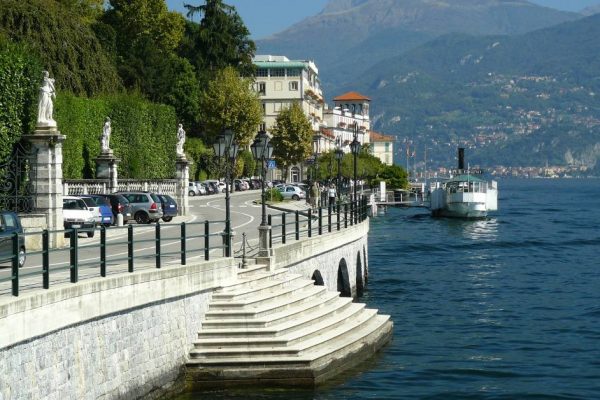One of the culture shocks I’ve always wanted to write about is the nude sculptures in Italy. Coming from a culture where nudity is portrayed as private, my mouth was agape when I visited Florence for the first time.

Arriving at one of the most famous and touristics square – Piazza della Signoria in Florence, there were finely sculptured men with their genitals proudly dangling between their legs. Usually you would have to go to a nude beach or men’s locker room to find yourself surrounded by dozens of naked men, and they are presumably not all as well-proportioned, as the male nudes inhabiting the square.
Italy, a country steeped in artistic heritage, has given the world some of the most captivating and iconic sculptures throughout history. Among these masterpieces, nude sculptures stand out as powerful representations of beauty, vulnerability, and humanity.

From the exquisite Renaissance creations to the classical masterworks, Italy’s nude sculptures have left an indelible mark on the art world, inspiring generations and sparking discussions on aesthetics, identity, and the human experience.
The Classical period laid the foundation for these representations, celebrating the athletic bodies of athletes and gods. The Renaissance then rekindled interest in the human body, as artists like Michelangelo and Leonardo da Vinci explored anatomy with unprecedented precision.

No exploration of Italian nude sculptures is complete without mention of Michelangelo’s “David.” This colossal marble masterpiece, located in the Galleria dell’Accademia in Florence, embodies the Renaissance fascination with human proportions and anatomy. The statue’s intricate details, from the muscular definition to the contemplative expression, have made it an enduring symbol of human potential and defiance in the face of adversity.
I’ve always had the notion that, it is okay to find nude sculptures in a Museum, but what about in public places? Overtime, learning about the history of this ancient country and the significance of these statues. I mostly do not view them as sexually provocative anymore. Each statue tells it’s own story – heroism, strength and beauty of the human body.
Still, I have always wondered what it is like for children growing up in Italy with exposure to nude sculptures, and more intriguingly, culturally conservative families who visit the country with children. What’s their reaction when they encouter these nude statues?












